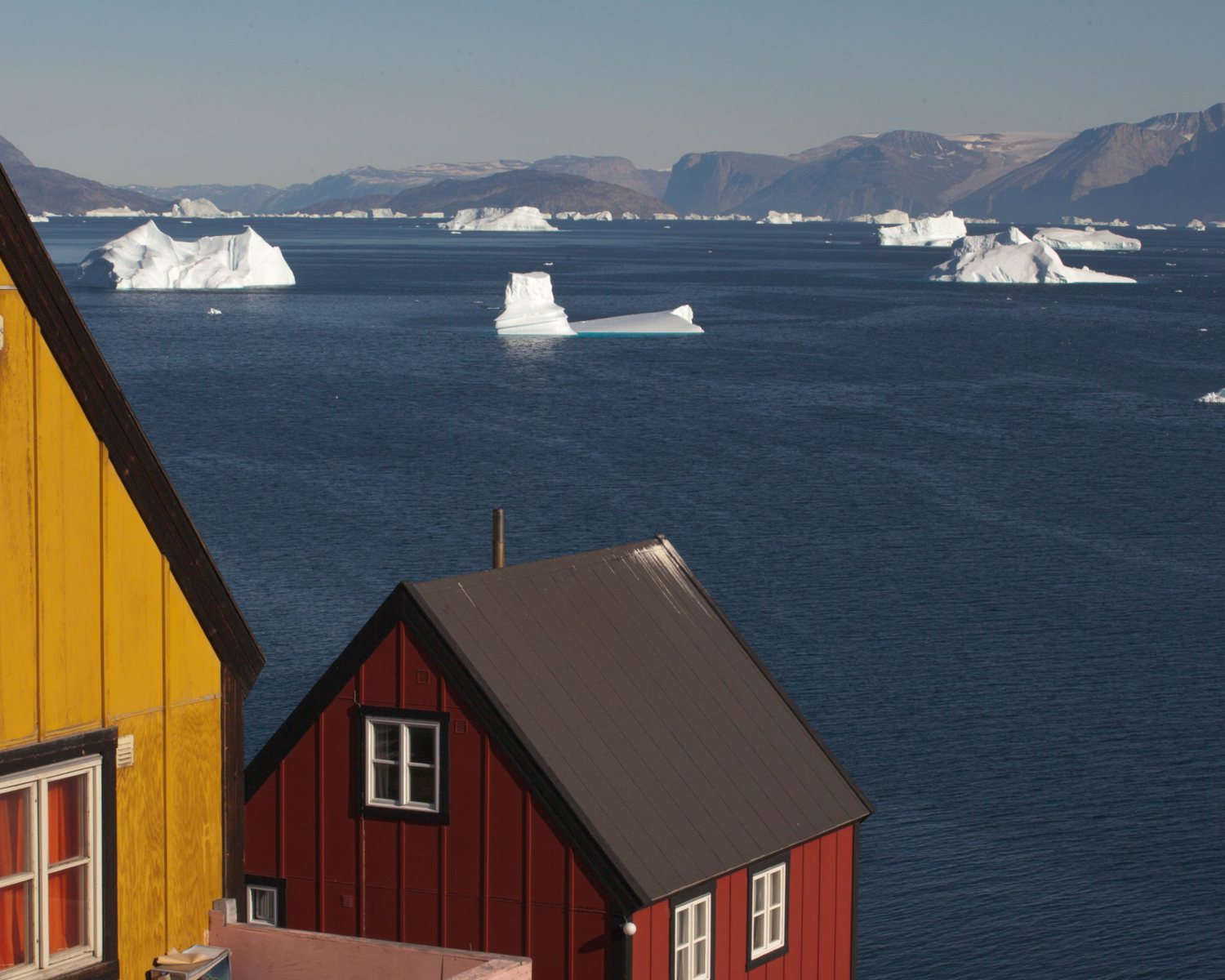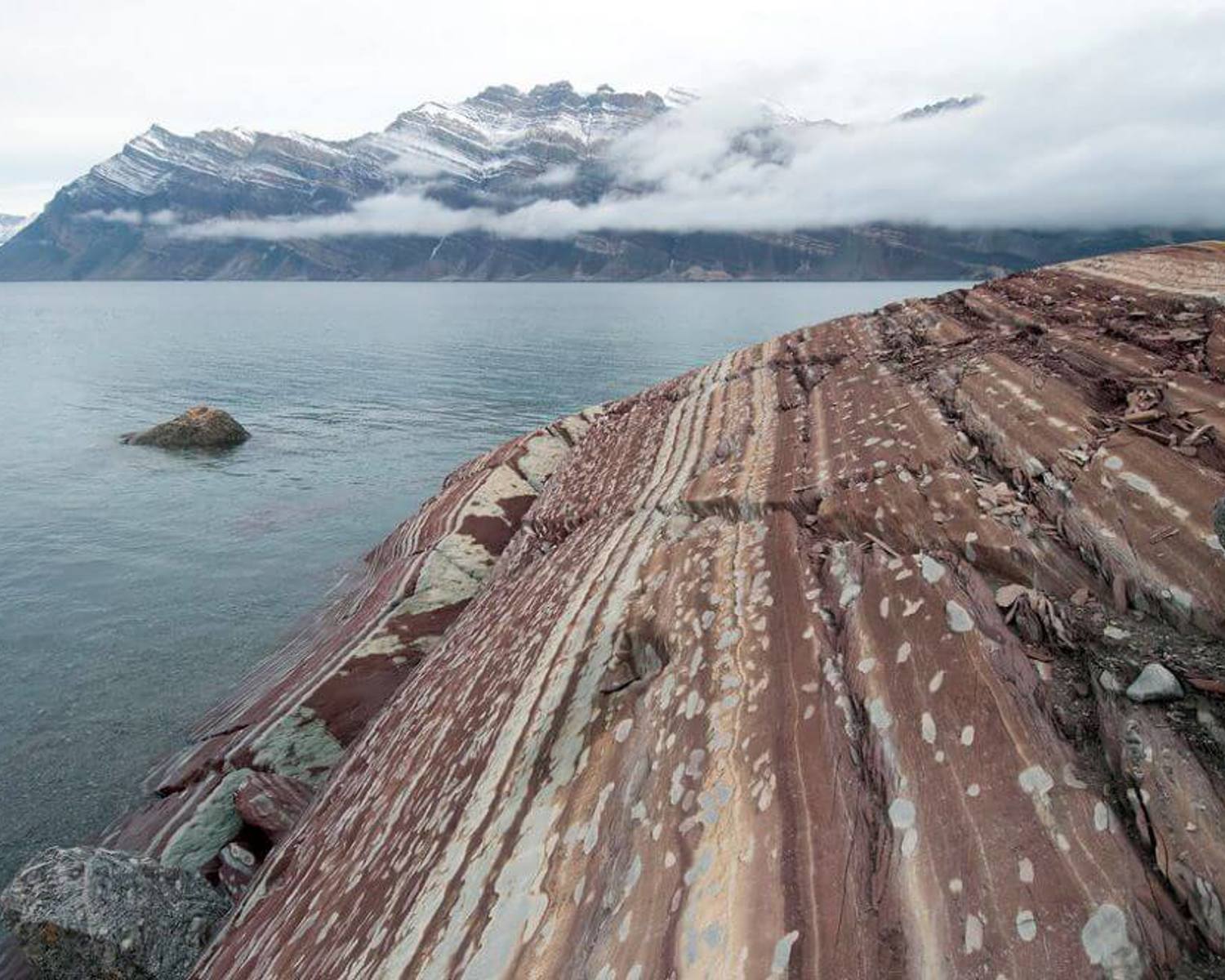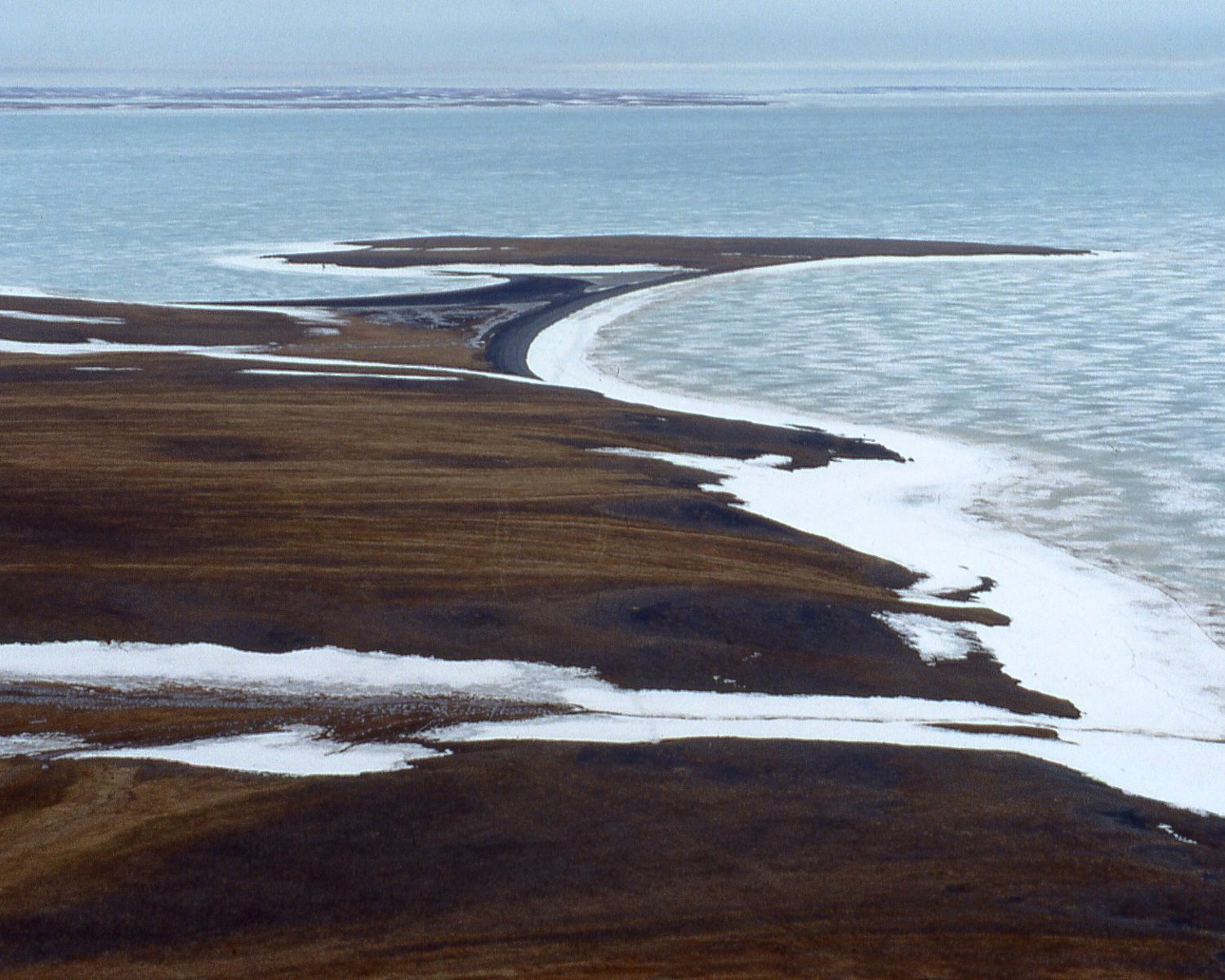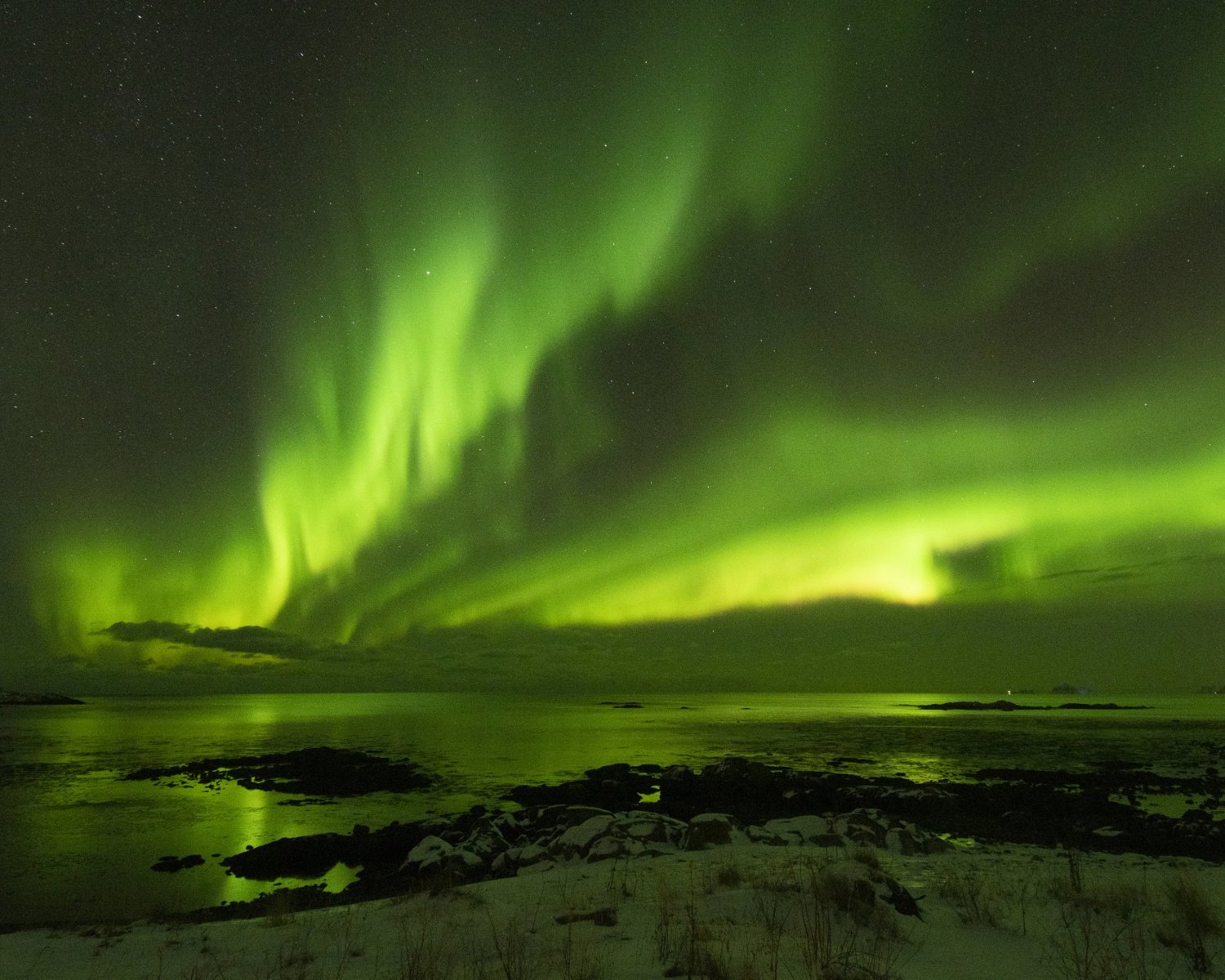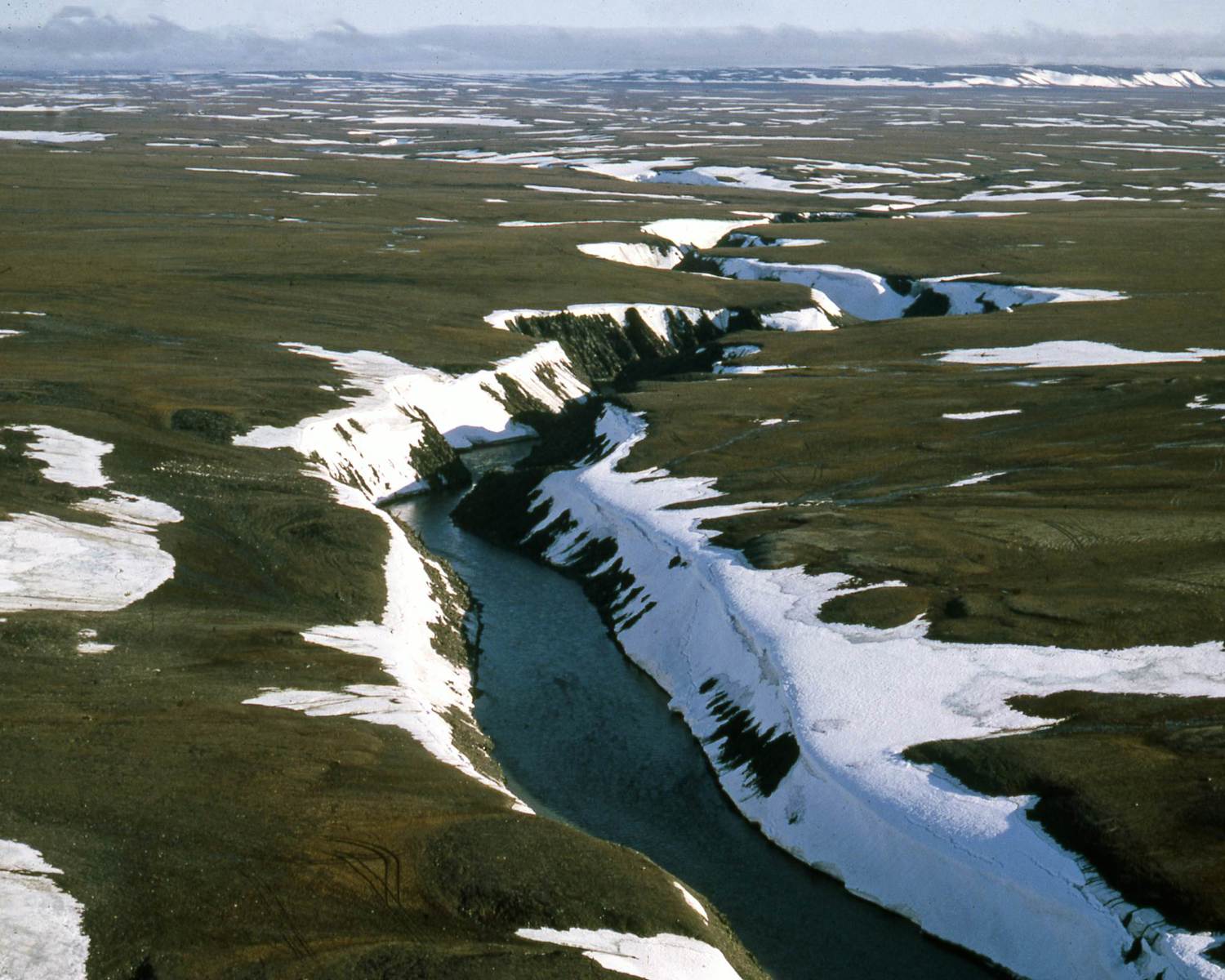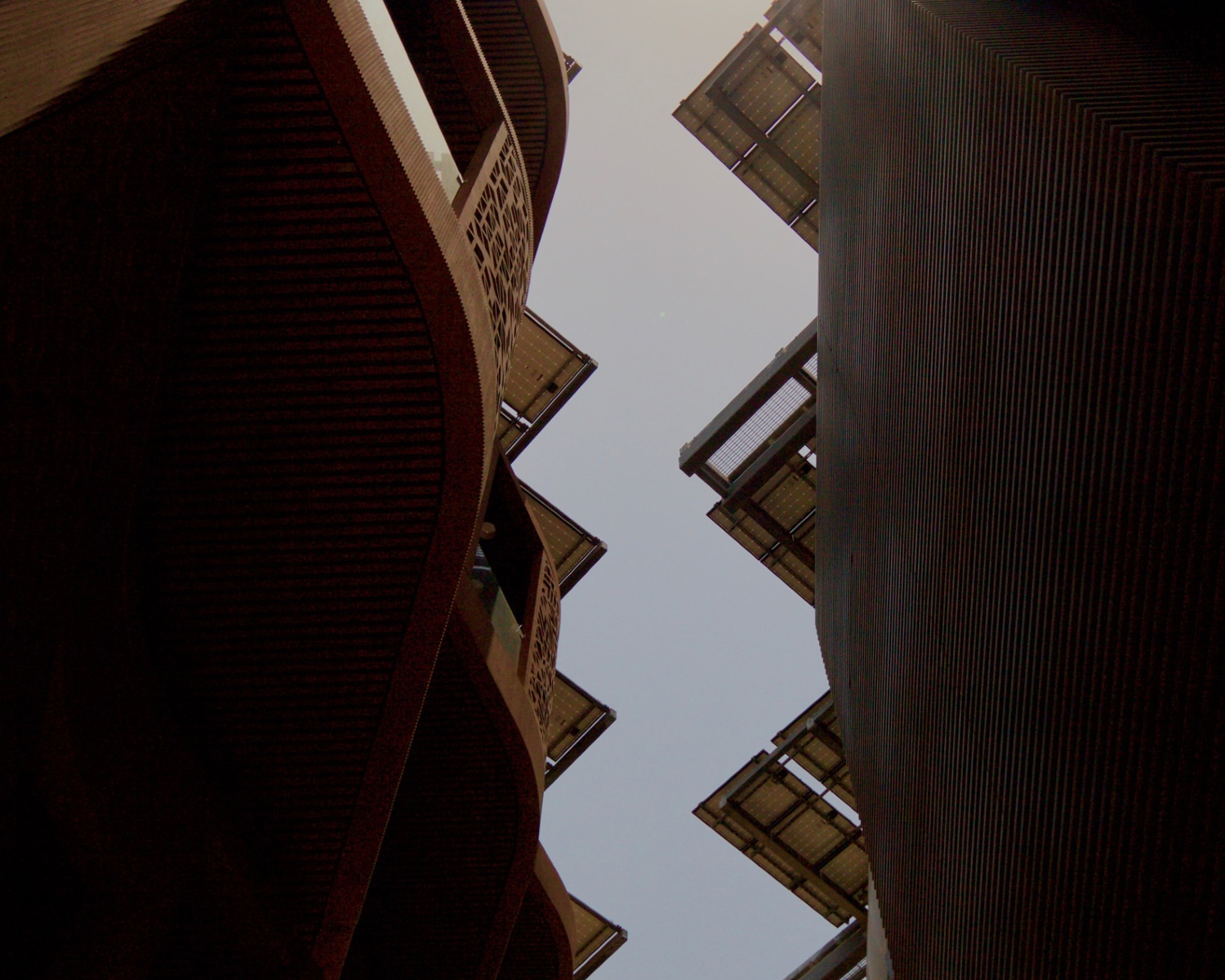Stabilizing glaciers by cloud seeding
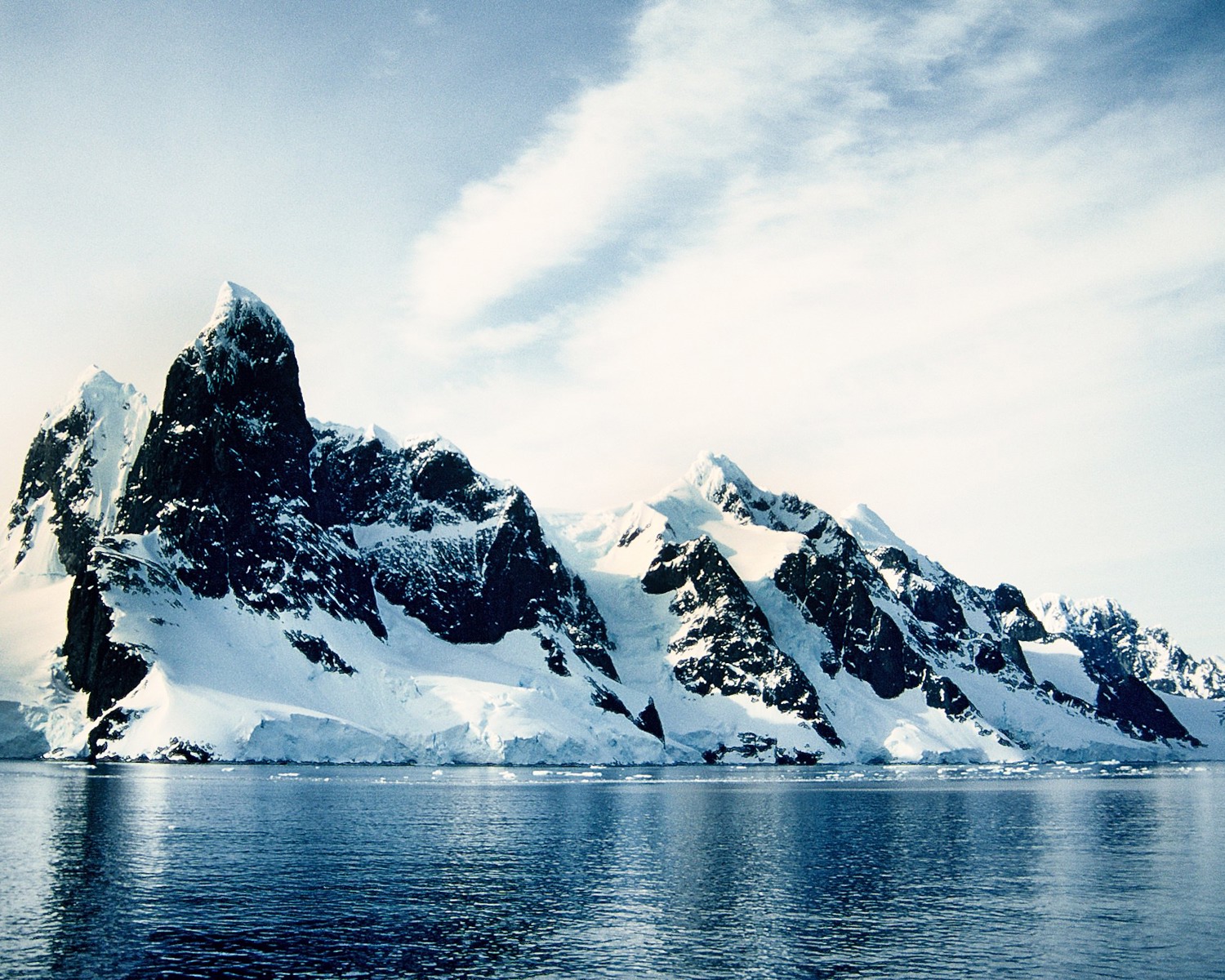
Increasing precipitation on a glacier would add to the glacier's mass, thereby directly countering the melting. Also, the snow that falls would increase glacial albedo, and thereby reduce the amount of absorbed energy.
Precipitation enhancement could potentially be done by “glaciogenic” cloud seeding (see Snowfall enhancement). This technique introduces silver iodide (AgI) particles into supercooled clouds. This encourages nucleation and growth of particle size, thereby allowing more water to leave the cloud in the form of precipitation.
Analysis overview

Technological Readiness Level (TRL)
High 3
Glaciogenic cloud seeding is already being conducted at various sites around the world. Wang et al. (2020) suggest that such cloud seeding over glaciers could help to stabilize them or even reverse their melting. They concluded this after a successful experiment using ground based silver iodide (AgI) smoke generators on the Central-Asian Muz Tau glacier, which appeared to significantly enhance snowfall over the glaciers, accounting ‘for at least 79 % of the total snow measured’. However, as discussed more extensively under Snowfall enhancement, significant issues remain in attributing the effectiveness of these measures.
Technological Readiness Level (TRL)
A technology with a TRL of 7-9: TRL 7 – prototype demonstrated; TRL 8 – system complete; TRL 9 – system proven

Scalability
Low 1
Cloud seeding can only be done if the right clouds are present, and even when seeded, there is only a limited amount of potential extra precipitation to be gained from specific clouds. Moreover, given the relatively small area of many of the most endangered glaciers, it is doubtful whether precipitation can be precisely targeted to fall over them. This technology would likely only be feasible for glaciers close to the required infrastructure such as airfields, thereby excluding much of the northern regions. Wang et al. (2020) also admit that enhancing precipitation over one area would reduce it in another, potentially limiting the feasibility of this measure over larger areas.
Scalability
Physically unable to scale; sub-linear/logarithmic efficiency of scalability

Timeliness for near-future effects
Medium 2
The basic technology already exists; however, it is unclear whether it could be feasibly expanded to make a significant difference.
Timeliness for near-future effects
Implemented in time to make some difference, although questionable

Northern + Arctic potential
Medium 2
The technology might be applied to help slow the melt of particularly valued glaciers, as ongoing experiments by Oerlemans et al. (2017) suggest glacier melt can be stabilized by adding artificial snowfall. Wang et al. (2020) further suggest that precipitation enhancement on a broad scale might be particularly effective reducing summer melt.
Northern + Arctic potential
Statistically detectable impacts in the Arctic above the global average; no difference between deploying the solution here or elsewhere

Global potential
Low 1
Mountain glaciers store enough water to contribute about 50-60 cm to global sea level rise. However, given the described uncertainties around effectiveness and the difficulties with scalability, increasing glacier mass is unlikely to make a global difference.
Global potential
Insignificant to be detected at a global scale

Cost - benefit
Prohibitive 1
Cloud seeding is generally expensive (see Snowfall enhancement). Furthermore, Abermann et al. (2022) note that most glacier stabilization techniques are far too costly for the majority of the world's glaciers, even the most visited ones.
Cost - benefit
Cost of investment comparable to cost of avoided damage

Environmental risks
Low risk 3
Cloud seeding is already routinely used to provide water for agriculture, and does not pose direct toxic risks. However, Wang et al. (2020) acknowledge that ‘a potential concern is that artificial precipitation activities might redistribute the natural precipitation over a region’.
Environmental risks
Very limited, site-specific effects restricted to the solution deployment location only

Community impacts
Neutral 2
As described above, cloud seeding is already routinely used to provide water for agriculture, but could potentially lead to a competition over water redistribution. Given the high costs associated with cloud seeding, this would only be done to enhance especially valued resources.
Community impacts
Unnoticeable or negligible positive or negative effects

Ease of reversibility
Easy 3
Cloud seeding is inherently reversible as its effects cease when the seeding stops.
Ease of reversibility
Easily reversible naturally

Risk of termination shock
Low risk 3
0
Risk of termination shock
Low or insignificant termination shock or damage

Legality/governance
Possible 3
Cloud seeding is already practised by companies and states around the world. The main provision is that it cannot be used for military purposes following the 1977 Environmental Modification Convention. Some commentators warn cloud seeding could lead to major geopolitical tension around water redistribution in the future (Chen et al. 2017; Shevchenko and Horiacheva 2017; de Guglielmo 2021).
Legality/governance
Currently legal to deploy, with governance structures in place to facilitate it and/or financial incentives to develop it

Scientific/media attention
Low 1
The literature on weather modification has historically always been rather isolated (see Snowfall enhancement). The specific application to glaciers has apparently not been picked up after the study by Wang et al. (2020).
Scientific/media attention
Very low attention from individuals and/or abandoned ideas; low media attention; no commercial interest.
References
Abermann, J., Theurl, M., Frei, E., Hynek, B., Schöner, W., & Steininger, K. W. (2022). Too expensive to keep—bidding farewell to an iconic mountain glacier?. Regional Environmental Change. 22(2): 51. https://doi.org/10.1007/s10113-022-01912-4
Chien, S. S., Hong, D. L., & Lin, P. H. (2017). Ideological and volume politics behind cloud water resource governance–Weather modification in China. Geoforum. 85: 225-233. https://doi.org/10.1016/j.geoforum.2017.08.003
de Guglielmo, M. (2021). Geopolitics of clouds: Weather modifications strategic and security issues. Revue internationale et strategique. 121(1): 29-37. https://doi.org/10.3917/ris.121.0029
Oerlemans, J., Haag, M., & Keller, F. (2017). Slowing down the retreat of the Morteratsch glacier, Switzerland, by artificially produced summer snow: a feasibility study. Climatic Change. 145(1-2): 189-203. https://doi.org/10.1007/s10584-017-2102-1
Rounce, D. R., Hock, R., Maussion, F., Hugonnet, R., Kochtitzky, W., Huss, M., ... & McNabb, R. W. (2023). Global glacier change in the 21st century: Every increase in temperature matters. Science. 379(6627), 78-83. https://doi.org/doi10.1126/science.abo1324
Shevchenko, O., & Horiacheva, K. (2017). Impact of Weather Change Technologies on Global Security. Land Forces Academy Review, 26(4): 321-327. https://doi.org/10.2478/raft-2021-0042
Wang, F., Yue, X., Wang, L., Li, H., Du, Z., Ming, J., & Li, Z. (2020). Applying artificial snowfall to reduce the melting of the Muz Taw Glacier, Sawir Mountains. The Cryosphere, 14(8), 2597-2606. https://doi.org/10.5194/tc-14-2597-2020

